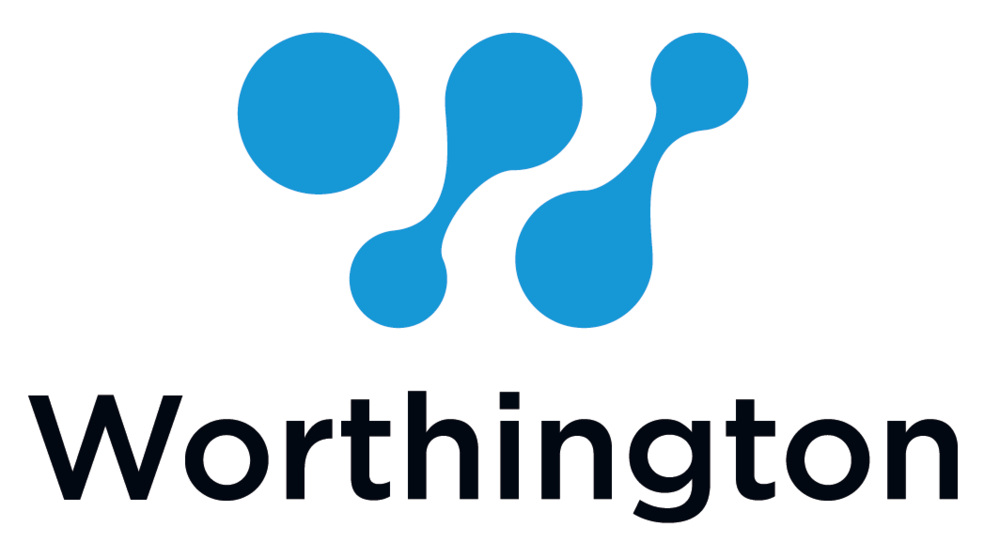The Best USB-C Port
The Best Right Angle USB-C Port - Amphenol ICC (FCI)'s 10137062-00021LF
FCI’s 10137062-00021LF
Our favorite USB-C port that we have encountered here is made by FCI. The part number is 10137062-00021LF (datasheet). There are many reasons we like this USB-C port. Primarily it’s because it is a hybrid design with SMT for one connection and thru-hole for the other connection.
Why is this important? Because when you are doing your PCB layout, having every single signal pin be SMT can make things a real challenge. Having half of the pins thru-hole means you can use a different layer, or many different layers for your layout.
Additionally, the 4 large thru-hole support pins means that you’ll have much greater mechanical strength when your user plugs in and unplugs their devices from it.
Another side benefit of this approach is that we cannot possibly mount this part wrong. It only fits in one direction and because of all of the thru-hole pins, we can be sure that the part won’t come out crooked after going through our reflow oven.
Digikey’s page for this part is excellent. There are multiple 3D files for it as well as various footprints which can be easily important into your EDA design tool of choice.
Runners-Up
There are actually quite a few other right-angle USB-C connectors that work great. We chose FCI’s device because, in addition to the reasons mentioned above, it’s also readily available, with high stock levels at almost every vendor we checked, and it’s relatively inexpensive compared to other connectors (I’m looking at you Molex). Some other excellent connectors are listed below
SS-52400-002 (1.0mm thick PCBs) and SS-52400-003 (1.6mm thick PCBs)
Soldering
Some customers have asked us how we solder a component like this. At first glance, it looks a bit tricky. But because we use a stencil, we actually solder this entire thing using a standard SMT process. This includes the 4 support pins and all of the thru-hole signal pins.
The truth is, you’d have a rather difficult time trying to solder this part by hand. In fact, it may be nearly impossible because the thru-hole legs are typically shorter than a standard thickness PCB (which is 1.6mm).
Panelization for USB-C Ports
When I wrote about the MicroUSB port I had a lot of information specific to the panelization technique for those types of parts. Thankfully, the team that worked on the USB-C port understood these challenges and addressed them with the new design. This means that there’s really nothing much to consider when it comes to the panelization method of USB-C ports. Just line up the edge of the connector with the edge of the PCB and you’re good to go.
If you have any specific questions about our requirements, notice a typo, or think we are wrong, please let us know. Email the author at cdenney@worthingtonassembly.com or call us at (413) 397-8260

